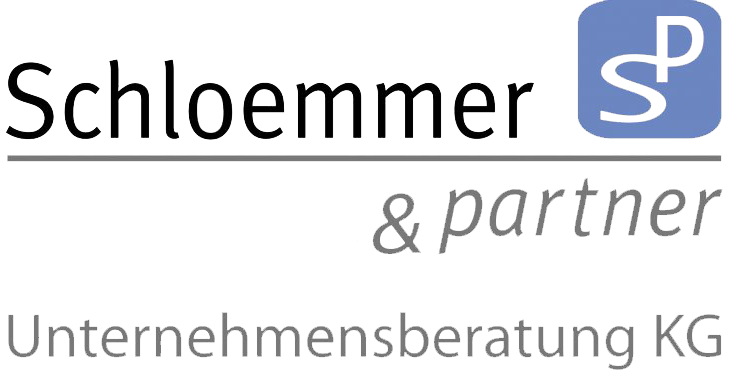Agile learning corresponds to “learning on demand” and is not about knowledge, but skills:
Lunch & Learn
The format is not intended to replace traditional training courses, but to promote dialog within the company. Lunch and Learn succeeds in promoting continuous professional development.
Short events lasting a maximum of two hours are held at lunchtime, in which someone from the company reports or an expert gives input on a topic. The topic is then discussed.
The format is suitable for groups of between 5 and 30 people, it is important that participation in a Lunch and Learn is voluntary.
The learning format can be used to provide interested employees with up-to-date information on relevant topics such as software changes or the introduction of working from home.
The subsequent discussion provides direct feedback.
But Lunch and Learn can also be used to promote cross-departmental networking and an understanding of the topics of other departments.
The invitation to a meal can have a positive influence on the perceived appreciation of employees.
The relaxed atmosphere, the setting and the input help to create a corporate culture of knowledge sharing.
of entrepreneurial thinking and appreciation.
Lunch and Learn is an agile learning format because everyone can contribute topics either as an expert or as an interested party.
Working out Loud
Working out loud, or WOL for short, is currently one of the most popular agile learning formats. You work on your individual goal in a learning group for a defined period of time and support the others at the same time.
A learning group is needed to set up a so-called WOL Circle, whereby it makes sense for the Circle to be made up of people from different backgrounds, perhaps the participants hardly know each other beforehand.
The more diverse the composition of the group,
The more likely you are to get suggestions that you wouldn’t have thought of yourself.
A WOL Circle meets exactly 12 times for exactly one hour, once a week, for 12 weeks, for 60 minutes. This can also happen virtually. Each meeting is organized and moderated by a moderator. Collaboration with the Circle promotes cooperation skills, which is particularly valuable in view of the further increase in agile teamwork.
The founder of WOL, John Stepper, has thematized 5 core elements.
- Make your work visible. Work results, including interim results, can and should be published.
- Improve your work. Cross-connections and feedback help you to continuously improve your results.
- Make generous contributions. Offer help instead of grandstanding.
- Build a social network. This creates broad, interdisciplinary relationships that take you further.
- Work together purposefully to realize the full potential of the community.
This learning format is agile because the process is clear, but everyone brings their own individual learning objective.
Barcamp
Barcamps are probably popular because the focus is on learning from and with each other.
A barcamp is a type of conference where the program and speakers are determined jointly by all participants at the start of the event.
Barcamps usually last between half a day and two days
and are ideal for groups of between 30 and 100 participants.
They consist of various parallel sessions and several session slots one after the other, all dealing with one main topic.
Here too, as with all agile learning formats, the process is always structured in the same way.
At the beginning, and sometimes even before the Barcamp, all participants or, better, contributors can suggest topics for sessions. These session proposals will be collected at the beginning of the BarCamp and presented in an opening session by the proposers using a few keywords and hashtags.
After the presentation of all session proposals, all participants vote. A session plan for the Barcamp will then be drawn up,
The timing is clearly defined. The sessions usually last exactly 45 minutes
and start on the hour, the remaining 15 minutes are needed for the changeover between the sessions.
Discussions, small group work, Lego Serious Play, Holy Cow or other methods can be used in the groups.
A barcamp can be organized across companies as well as within a company. Barcamps can be used in companies for internal communication, to drive innovation processes or for further training.
This learning format is agile because the process is clearly structured, the learning interests are different and you can choose the topics yourself; the exchange takes place at eye level, hierarchies and other differences do not play a role during a BarCamp.

As a cooperation partner and supplier, we were able to outsource the entire personnel development process and concentrate on our core business. Our team has been systematically trained, coached and certified since 2003. All measures are evaluated on the basis of an included education controlling system.
Guntramsdorf, May. 2011
Click here to insert your own text




























































